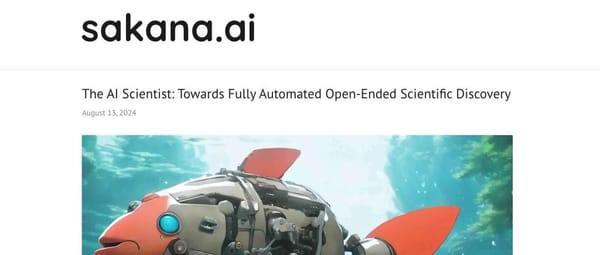All Services Deserve to Be Redone with New Technology
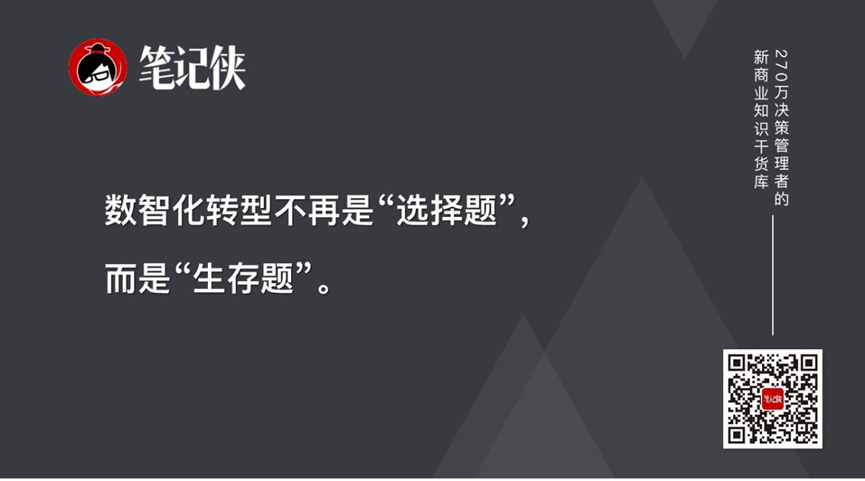
Business Thinking
> “When the times abandon you, they never say goodbye.”
The wheels of history keep turning — each wave of technological renewal eliminates outdated enterprises while birthing new ones.
In recent years, digital technology has rapidly evolved, shifting corporate competition from purely organizational capabilities to digital–intelligent transformation. It is now widely recognized that:
- Data is the new productive force
- Digital assets are core assets
Against this backdrop, leading companies have launched digital–intelligent strategies. China Mobile, a telecom industry leader, responded with the “Mobile Aigou” Digital–Intelligent Lifestyle Mall.
After experiencing it firsthand, we found that its operational design integrates cutting-edge technology with innovative incentives — creating a fresh business model.
---
I. AI Will Reshape the Underlying Logic of Business
1. Digital–Intelligent Competition: The New Core Battlefield
With full 5G coverage and the acceleration of large AI model adoption, the nature of business competition is shifting.
- Before: The focus was on “hard” capabilities — channel coverage, supply chain efficiency, and fast product iteration.
- Now: Competition centers on digital–intelligent soft power — processing data efficiently, understanding needs precisely, and matching resources intelligently.
IDC’s Global Digital Transformation Spending Guide forecasts spending nearing $4 trillion by 2027, underscoring survival anxiety across industries:
- Telecom: growth from traditional data packages has plateaued
- E‑commerce: user acquisition costs continue climbing
- Offline retail: declining foot traffic due to online competition and evolving consumption habits
Conclusion: Transformation is not optional — it’s essential.

In this new era, users demand personalized, convenient, and “warm” services.
Enterprises must reconstruct their service logic with advanced technology.
---
2. “Human‑Centered” Value Reconstruction
Digital–intelligent transformation is not just about adding more tech — it’s about redefining user-business relationships.
Previously:
- E‑commerce platforms simply displayed products, leaving search to users.
- Physical stores lost contact once a purchase ended.
This tool-first model limited emotional engagement and loyalty.
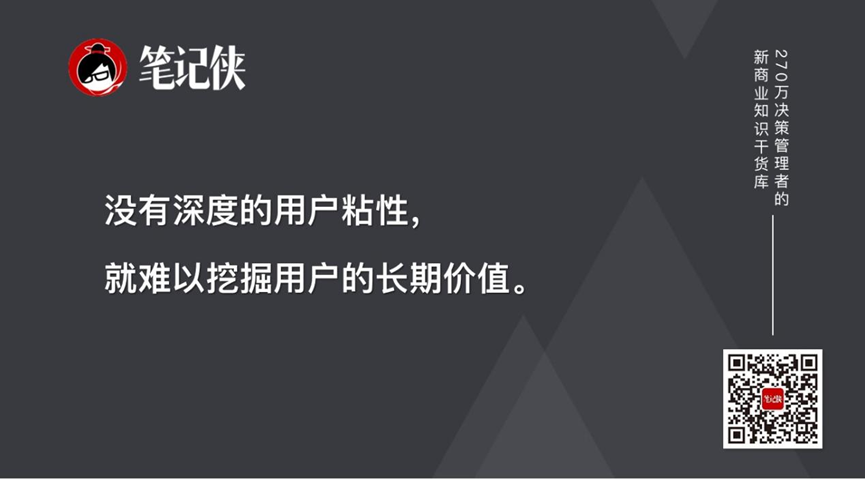
China Mobile’s response was the launch of the “Mobile Aigou” Digital–Intelligent Lifestyle Mall — built on connections + applications + rights + hardware, with AI integrated across the service journey.
Two key innovations:
- “AI Beans” user reward system
- Lingxi Intelligent Agent for proactive service
---
II. Business Model of “Mobile Aigou” Digital–Intelligent Lifestyle Mall
1. AI Beans: Activating the Entire User Lifecycle
Traditional points systems suffered from:
- Limited usage scenarios
- Weak emotional appeal
- Low participation
AI Beans solve these by:
- Offering low‑barrier, multi‑scenario earning paths (e.g., mobile recharge rewards, monthly premium member gifts)
- Providing two clear usage paths:
- Deduction: offset purchase amounts
- Redemption: exchange for a wide variety of goods and memberships
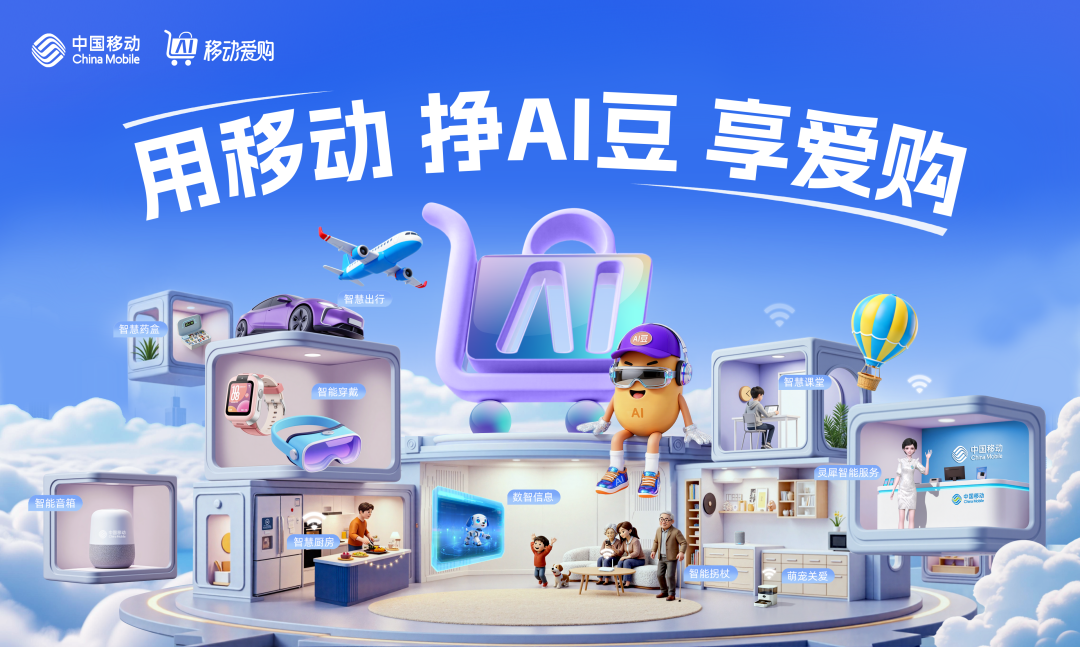
Positive Loop Created:
- User earns AI Beans via engagement
- Spends them for tangible benefits
- Makes repeat purchases to earn more
- Cycle strengthens retention and emotional bonds
---
2. Lingxi Intelligent Agent: Enhancing User Experience
Traditional service pain points:
- Passive response to issues
- Information asymmetry
- Fragmented user processes
Lingxi changes this by:
- Integrating NLP, user profiling, and real-time data
- Shifting from process-driven to personalized, frictionless experiences
Full-chain service capabilities:
- Pre-sales: precise recommendations based on user profile
- Mid-sales: instant answers (e.g., AI Bean balance), one‑click checkout
- After-sales: interactive troubleshooting, solving 90% of minor issues in 10 minutes
Scenario example:
Football fan identified via browsing history → Lingxi recommends discounted sports package → One-step order & payment → Reminder before matches
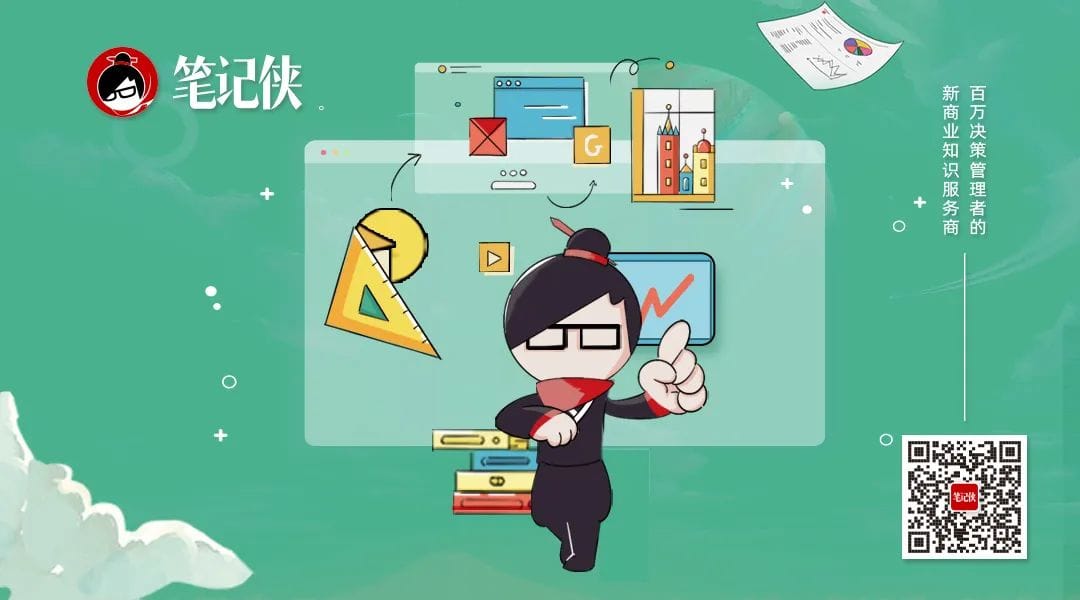
---
3. AI Beans + Lingxi: Creating a B2B2C Ecosystem
Internal collaboration:
- Integrates communications, shopping, and payments via “One Number Access”
- Seamless switching between recharging, shopping, and after-sales services
External collaboration:
- Partners with COFCO, Sinopec, Alibaba, Tencent
- Expands AI Bean usability across industries — from fuel vouchers to video memberships
Outcome: Mobile Aigou becomes more than a shopping mall; it’s a Smart Life gateway.
---
III. Conclusion
> “The future is already here — it’s just not evenly distributed.”
New technology is neither a destructive force nor an unreachable high-end luxury.
By finding the intersection between user needs and technological capabilities, traditional services can be revitalized.
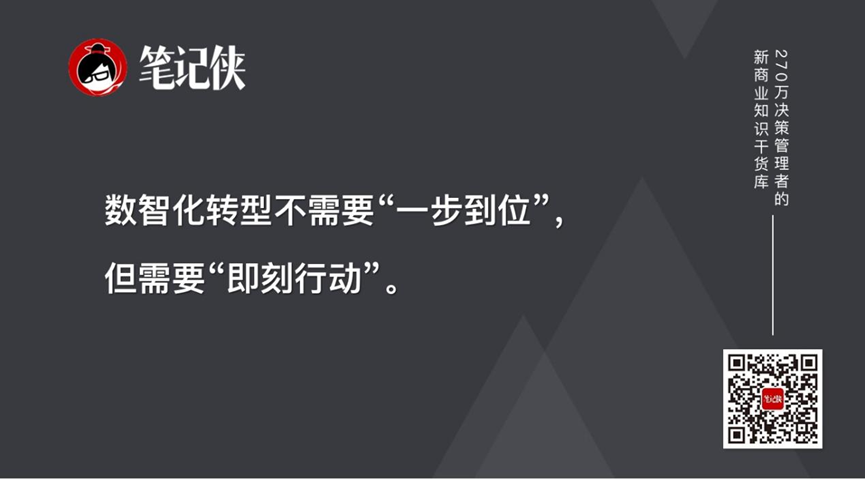
Now is the time to:
- Reassess user needs
- Identify tech enhancements
- Build collaborative ecosystems
Only then can enterprises unlock new growth curves.
---
Related Opportunity: AiToEarn
In the AI-driven era, tools like AiToEarn官网 help creators and businesses publish and monetize AI-powered content across platforms like Douyin, WeChat, Bilibili, Instagram, LinkedIn, YouTube, and more.
Combining:
- AI content generation
- Cross-platform publishing
- Analytics
- AI模型排名
AiToEarn mirrors the “AI Beans + Lingxi” model — creating sustained engagement loops, but for the content creation economy.
---
Would you like me to prepare a diagram of the AI Beans + Lingxi ecosystem loop that could be added to this article for better clarity?




